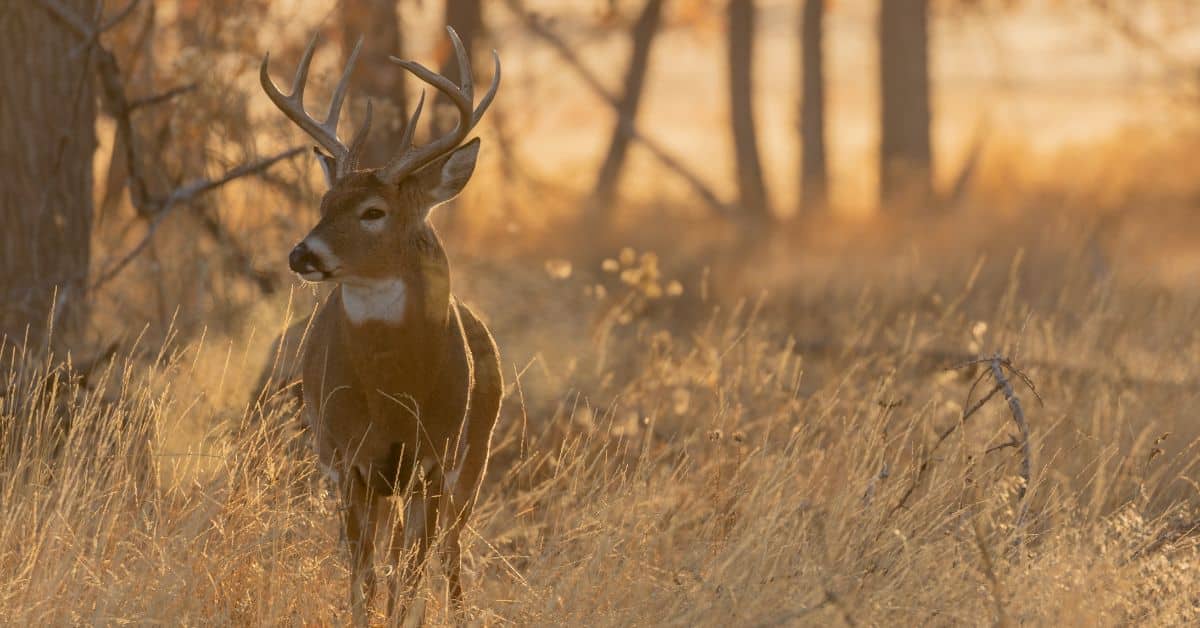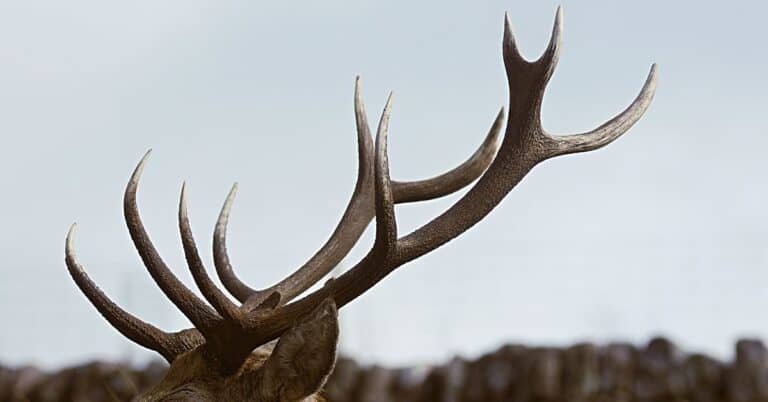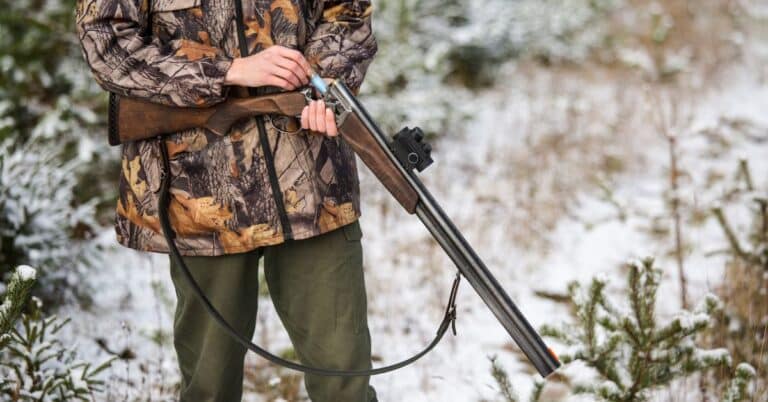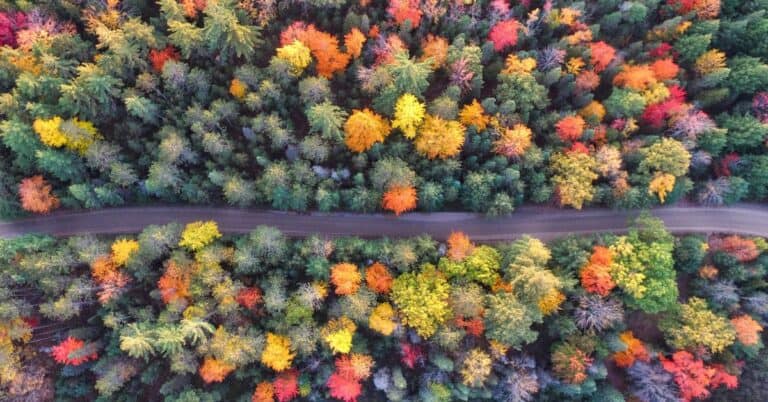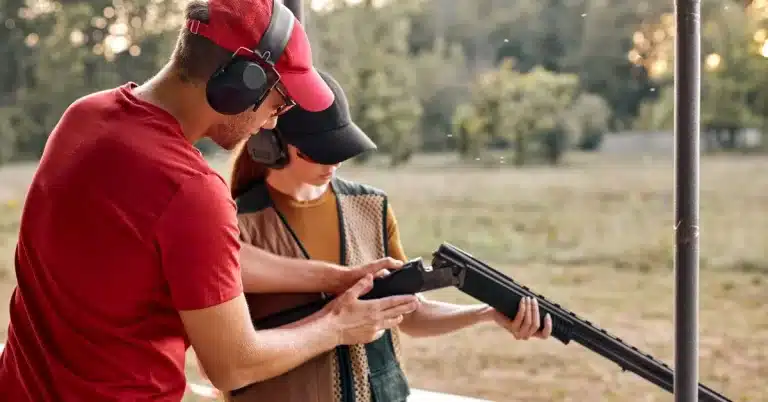Michigan Whitetail Deer Hunting: Step by Step
Are you new to deer hunting in Michigan or looking to start but unsure where to begin? My mission is to help new hunters by sharing my extensive experience in the field. Hunting whitetail deer has been my passion since I was 10, and I’m excited to pass on what I’ve learned.
From hunting on family-owned land with my dad and uncles to exploring both private and public territories in my twenties and thirties, my journey has been diverse. Now, in my forties and fifties, I mainly hunt on public land with my three boys, and this fall (2024), I’m excited to start a new adventure with my grand-niece, who just completed hunter safety.
There’s much to cover with all the various seasons, DNR rules, licenses, and more. To get started, let’s take a look at some of my past hunts and why they were successful.
Success Tips for New Hunters in Michigan
Trophy whitetail deer in the Upper Peninsula
In 2001, during one of my bow hunts in a remote area of the western Upper Peninsula, I shot my biggest deer, a 10-point buck, on opening night. The hunt was successful due to several factors: it was early in the season, so there was less pressure on the deer; we chose a remote spot to avoid other hunters; and we used legal bait like field corn and apples with molasses. Camping right in our hunting area was also a big help. Understanding that bucks travel in bachelor groups paid off as well.
Hunting tips: hunt early season, choose remote locations, use legal bait, and know deer behavior.
Youth season in Belding, Michigan
My son Max shot his first deer during youth season on private property in Belding, Michigan. We hunted on the edge of a secluded soybean field. Max missed a deer earlier in the evening, but we stayed patient. Just before sunset, two bucks came back into the field. Max harvested his first deer, a buck, at about 50 yards with a shotgun.
Hunting tips: hunting early in the season means less pressure on deer, and secluded locations can be very productive.
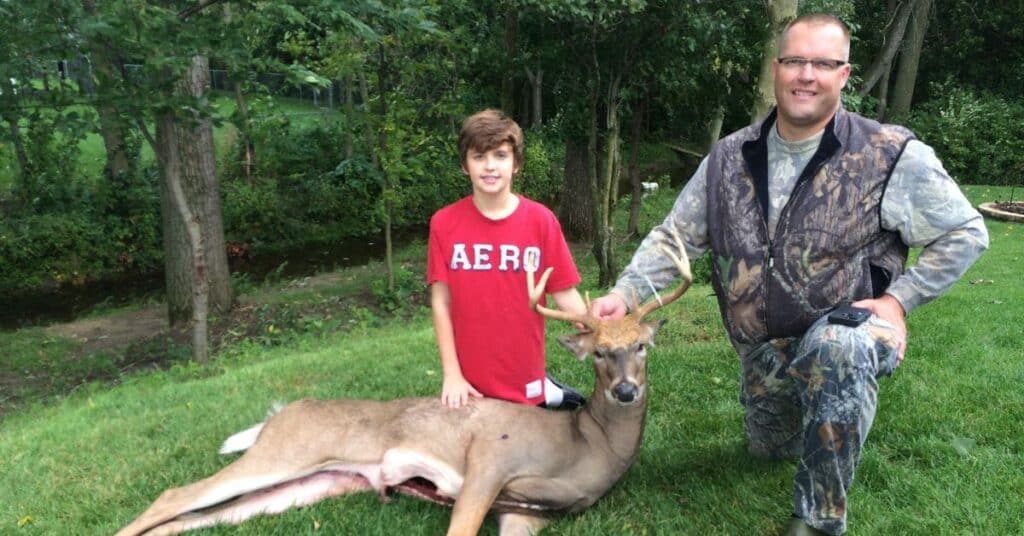
Doe harvest in Allendale, Michigan
During late rifle season in December on my father-in-law’s private property, I harvested two does back-to-back using a shotgun. I hunted a funnel between a bedding area and a food plot. Five does came in behind me; I shot one, and the others stood there, confused. I then harvested a second doe. Success came from being in the right place at the right time and understanding their patterns and food sources.
Hunting tips: Late-season hunting can be fruitful, and knowing deer patterns and food sources is crucial.
Public Land Success in Northern Michigan
In Baldwin and Irons, MI, early-season hunts have been productive. My sons and I have hunted there for years, mainly during youth hunt and archery season. We’ve taken small bucks, with my son Max getting a nice seven-point during a youth hunt. Patience and flexibility are essential, especially during gun season when other hunters are around. If someone hunts close to your spot, adapt and find a new location.
Hunting tips: early season increases success, scout multiple locations for flexibility when hunting public land.
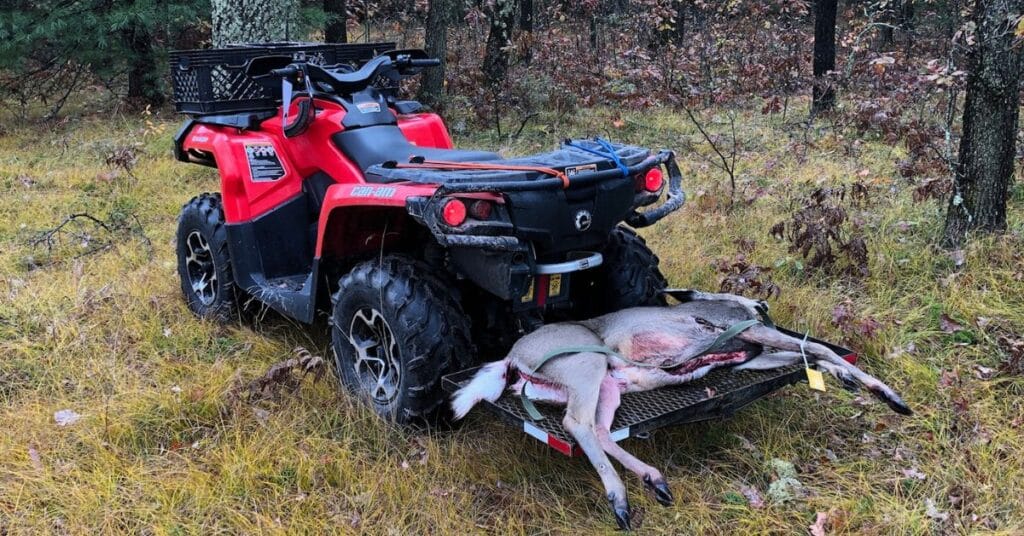
My top tips for Michigan Whitetail Deer Hunting:
- Hunt earlier in the season when deer are less skittish and still in bachelor groups
- Choose a location between a food source and their bedding area
- Pay attention to the timing of the rut and when mating season is
- Have several locations picked out including some secluded spots
Hunting success can sometimes come down to plain luck. However, if you enjoy being outdoors and want to be successful, it’s important to learn as much as you can. This also includes learning what NOT to do. Check out some common deer hunting mistakes my dad used to make.
Next, we’ll dive into specific information about hunting deer. I’ve organized the details by what, when, where, and how.
Step by Step Guide to Michigan Deer Hunting
- What gear to use: bow or gun?
- When to hunt: which season is best
- Where to hunt: public vs. private land, upper vs. lower peninsula
- How to hunt: licenses, tags, deer behavior, and more
What gear to use to hunt whitetail deer
Basic gear needed for gun hunting
Invest in a reliable rifle, appropriate ammunition, a good quality scope, and always prioritize safety with protective gear and blaze orange clothing to comply with Michigan DNR regulations. Make sure to carry your deer license, as it’s required for all hunting seasons in the state of Michigan.
Are you ready to invest further? I have a longer checklist of what to pack in your hunting backpack.

Basic gear needed for bow hunting
Choose a bow that fits your strength and skill level. Then, ensure you have arrows, broadheads, a release aid, and camouflage clothing for effective concealment. For bow hunting white-tailed deer, having your deer license and proper buck tags is essential for legality and success. If you are ready to invest in more bow-hunting gear check out my complete checklist.
When to hunt: Different Seasons
Liberty hunt (youth)
The Legacy and Youth hunts are great opportunities for young or new hunters to learn in a less pressured environment with special regulations. The Independence Hunt is another excellent opportunity designed to accommodate hunters with disabilities, ensuring inclusivity in Michigan’s deer seasons.
Early Antleress
The early antlerless firearm season in Michigan usually takes place in mid-September. This season is designed to help manage deer populations before the regular hunting seasons begin, offering hunters a unique early opportunity to harvest does. This time period is for private land only.
Archery
Bow season offers a quieter, more intimate hunting experience, allowing you to get closer to deer and enjoy the solitude of the woods. Bow hunting during this time provides a unique chance to harvest antlered deer before the busier firearm season begins.
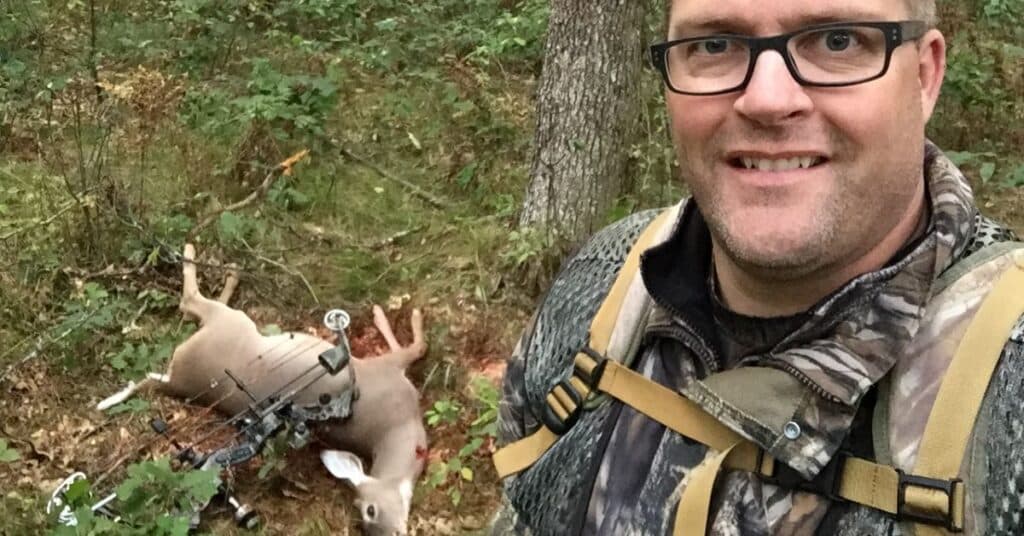
Regular firearm
Gun season is the most popular and busiest time, with a higher chance of success but requiring greater awareness of other hunters in the area. This firearm season is a prime time for Michigan hunters to harvest both antlered and antlerless deer across the state.
Muzzleloading
Muzzleloader season extends your hunting opportunities and challenges you with traditional hunting methods that require precision and patience. Hunting with a muzzleloader during the late season can offer a less crowded environment and unique chance to bag a white-tailed deer.
Late antlerless
The late antlerless firearm season in Michigan is a short period for private land only. It’s only legal to hunt in the lower peninsula and the upper peninsula is closed for this season. It provides hunters with another opportunity to help manage deer populations by targeting does later in the hunting season.
Extended urban archery
In Michigan, the Extended Urban Archery Season (EUAS) runs in January, offering archery hunters the chance to harvest antlerless deer in designated urban zones. This season helps manage deer populations in urban areas while extending hunting opportunities for enthusiasts.
Best time of day
Deer are most active during dawn and dusk, so plan your hunts around these times for the best chances of spotting and harvesting a deer. Whether in a state park or on private land, these times are crucial for successful hunts.
Dates for each season change from year to year. For up-to-date information about hunting season dates, check the DNR website.
Where to hunt: Public or private
Pros and Cons of Private Land
Private land often offers less hunting pressure and better deer management, but access may be limited and require permission or leases. Hunting on private properties can provide a more controlled environment and potentially better opportunities to encounter Michigan’s deer herd, including trophy bucks.
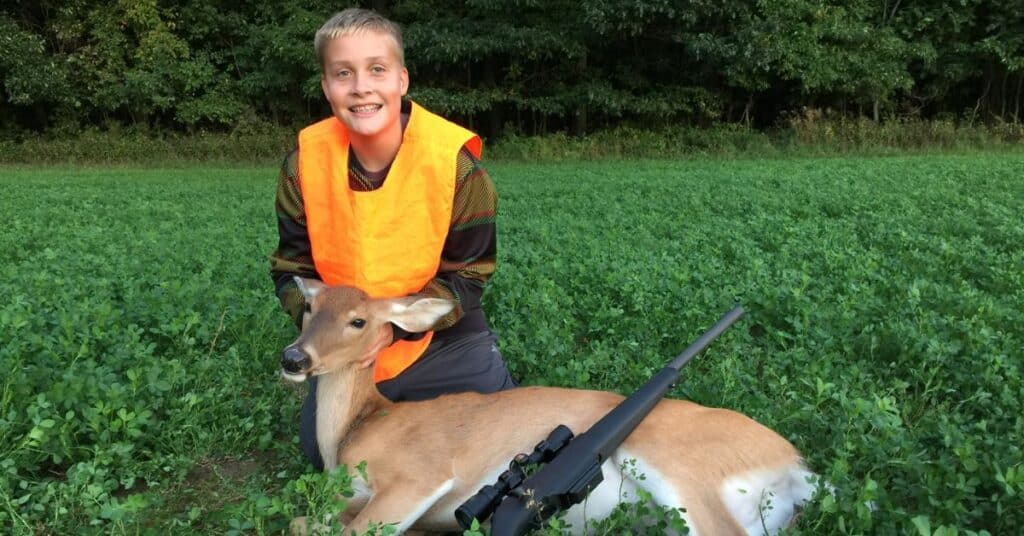
Pros and cons of public land (state forests, federal land)
Public land provides extensive hunting areas accessible to all, but it can be crowded and requires more scouting to find productive spots. Michigan’s state parks, state forests, and federal lands offer millions of acres of land for public hunting, making them prime destinations for many deer hunters. I have a lot of tips on how to hunt public land you might find useful.
Where to Hunt in Michigan
Upper peninsula (UP)
When it comes to hunting whitetail deer in Michigan’s Upper Peninsula, you’re in for a rugged adventure. The vast wilderness and dense forests offer plenty of challenges and excitement. UP is renowned for its healthy deer populations and the chance to bag trophy bucks. Yet, be prepared for the harsh winter conditions and limited access to private land, which can test your skills. Thankfully, public land is aplenty, promising thrilling hunts in remote areas. Mastering deer behavior in relation to food sources and natural cover is key to conquering the UP wilderness.

Lower peninsula (LP)
In Michigan’s Lower Peninsula, hunting whitetail deer presents a whole different ball game. Here, you’ll find a mix of fields, forests, and suburban areas, offering diverse hunting environments. Accessing private land is easier here, setting the stage for establishing productive hunting spots. But beware, hunting pressure can be high in some areas due to the denser human population. However, the LP boasts well-managed deer populations, giving you the chance to encounter both mature bucks and plenty of antlerless deer. Understanding local regulations and land access options is vital for navigating LP hunting opportunities.
Where to Hunt from:
Open brush blind
An open brush blind is a great option for beginners and those on a low budget. This simple setup involves using natural vegetation to create a concealed spot on the ground. While it offers a cost-effective and flexible way to hunt, it may provide less protection from the elements and limited concealment compared to more structured options. However, its natural look blends well into the surroundings, making it a viable choice for close-range hunting in dense areas.
Pros: Cost-effective, easy to set up, blends well with surroundings.
Cons: Limited protection from elements, less concealment compared to structured options.
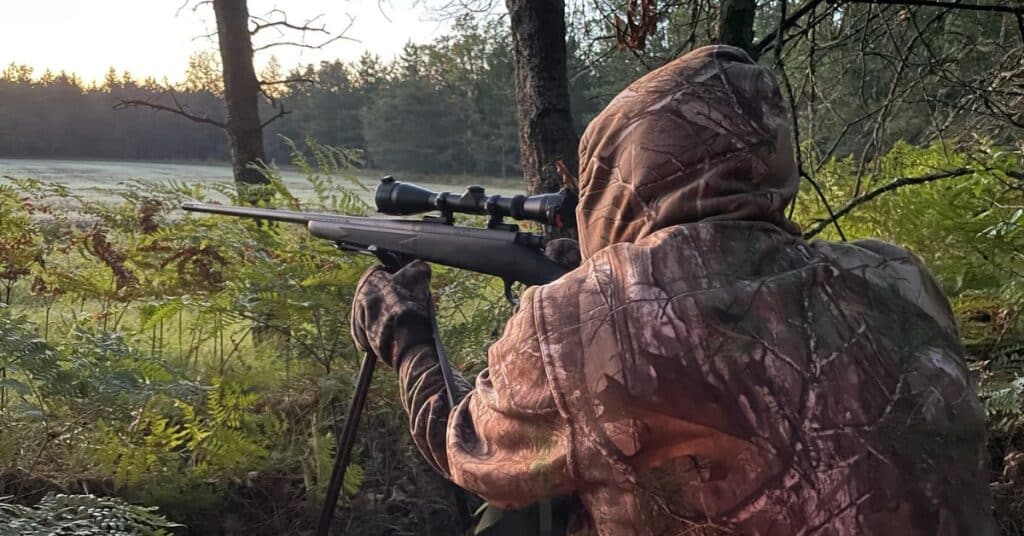
Ground blind
Ground blinds provide more comfort and better concealment than open brush blinds. These portable, tent-like structures are ideal for hunters who want to stay hidden and protected from the weather. They can be set up quickly and moved to different locations easily. Ground blinds are especially effective in areas with high deer activity, allowing hunters to remain undetected. However, they can be more expensive and require careful placement to avoid detection by the keen senses of white-tailed deer.
Pros: Better concealment, weather protection, portable.
Cons: More expensive, requires careful placement.

Tree stand
Tree stands offer an elevated vantage point and are popular with bow hunters. They give hunters a broader view of the area and minimize scent detection. Stands are great for hunting in open areas where visibility is crucial. Tree stands can be more challenging to set up and require a higher level of safety awareness, but they provide a significant advantage in spotting deer from a distance. The elevated position also helps in reducing movement detection, making it easier to observe and shoot without alerting deer.
Pros: Elevated view, reduces scent detection, better for open areas.
Cons: Challenging setup, higher safety awareness needed.
You can read my in depth advice about what kind of treestand to use if you decide to bow hunt.
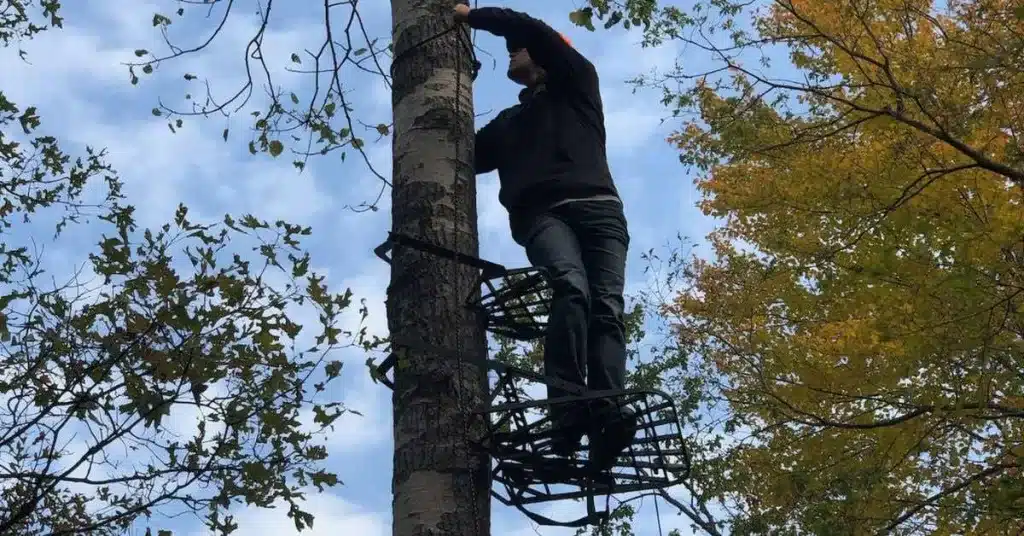
How to hunt:
Hunter safety certificate
Completing a hunter safety course is mandatory and equips you with essential knowledge to hunt safely and responsibly. This is a crucial step for all new deer hunters in Michigan, ensuring you understand approved regulations and best practices. You’ll want to check out the current hunter safety certificate with the Michigan Department of Natural Resources (DNR).
Are you a youth hunter curious about the field day that is required for your certificate? Follow my journey with Bayliee and our experience going through the online hunter safety course.
Purchasing tags
Tags are required for legal hunting. Purchase the appropriate tags for each season and keep them with you at all times. You can buy a combo license, which includes tags for both antlered and antlerless deer, on the Michigan DNR website. You’ll need to create an account with a username and password. Then check the DNR calendar for season dates.
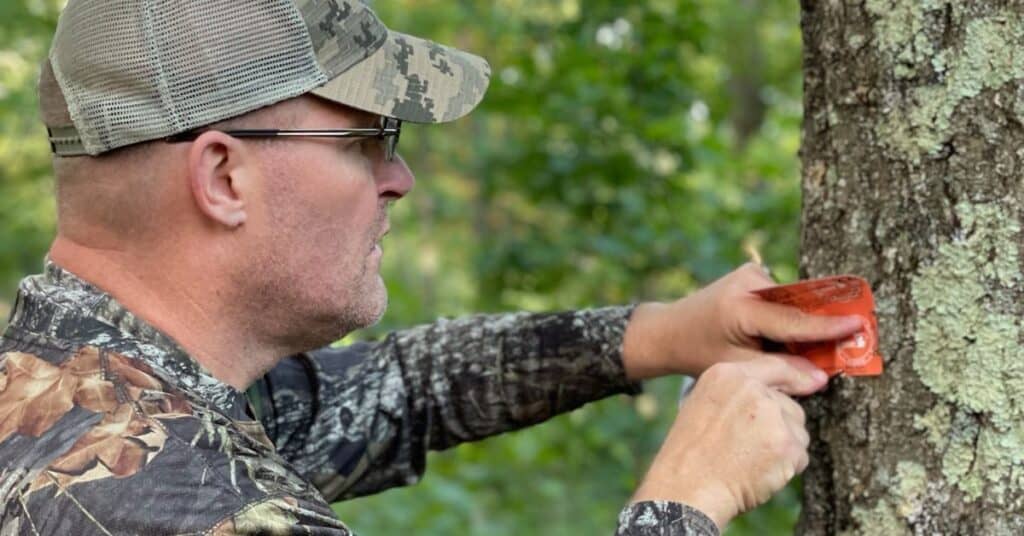
Understanding behavior
Learn deer behavior, such as feeding and bedding patterns, to increase your chances of encountering them during your hunt. This knowledge is invaluable whether you’re hunting on state land or private properties and can significantly improve your success rate. During the off-season, I take field trips to Michigan trails and get familiar with public land and wildlife management areas.
Baiting for deer
Baiting can attract deer to your hunting area, but be aware of the regulations and ethical considerations in your region. In areas where baiting is allowed, it can be an effective method to manage and harvest Michigan’s deer herd. When selecting the best spots, it’s important to consider natural food sources and agricultural crops that may attract deer. Pay attention to plant communities and tree species, such as Oak, during scouting, as they can indicate preferred deer habitats. For example, deer are particularly drawn to acorns, which serve as a valuable natural food source.
Shooting practice
Regular shooting practice improves accuracy and confidence, ensuring a quick, humane kill when you have a shot at a deer. Utilize local archery ranges and target shooting facilities listed on the Michigan DNR website for practice, enhancing your skills throughout various hunting seasons. In the off-season, I practice shooting my bow in my backyard.
Have you ever been to a gun range before? If not, you might appreciate reading some information about gun range etiquette for beginners.

How to call for deer
Using calls can attract deer within range; practice different calls like grunts, bleats, and rattles to mimic natural deer sounds. Effective calling can be especially useful during the rut in Michigan’s diverse wildlife habitats, increasing your chances of luring in a big buck. Learn more about when to rattle for whitetail deer.
Shooting your first deer and buck fever
Stay calm and focused when shooting your first deer; buck fever is natural, but controlled breathing and practice help manage the excitement. Remember, taking your first big buck is a memorable milestone for any deer hunter, marking your success in the field. Buck fever can cause you to forget some things when the excitement builds up. To understand more, check out my son Lincoln’s experience with buck fever.
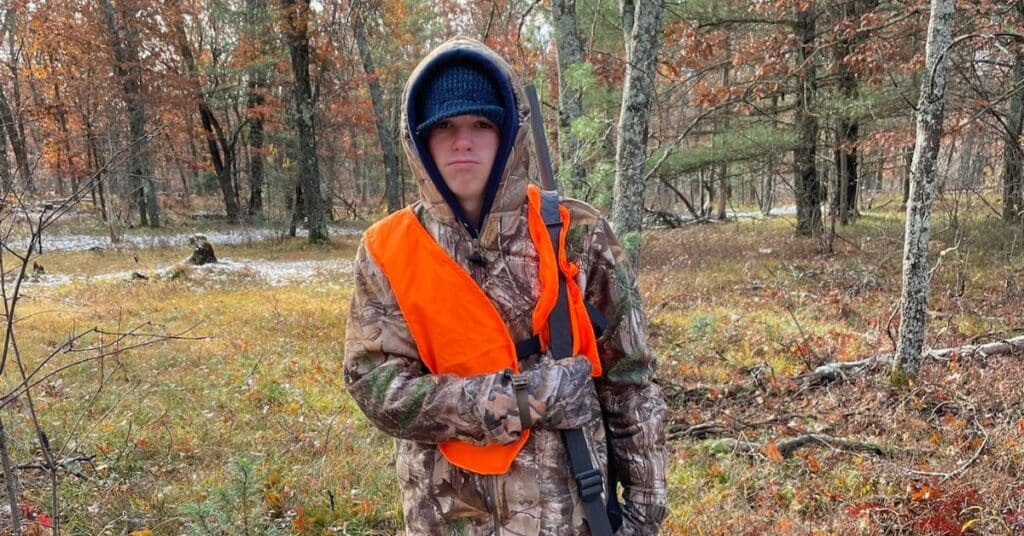
How to gut a deer
Properly field dressing a deer is crucial for meat preservation; take your time and follow guidelines to ensure a clean and efficient process. Refer to detailed guides available through the Michigan DNR for step-by-step instructions, ensuring you process your white-tailed deer correctly. There are also great videos on YouTube. But if you can find a mentor to help you field dress your first deer, that’s always the best option.
Where to process your deer
Decide whether to process the deer yourself or take it to a professional; many local processors can handle the butchering and packaging for you. Processing services in southern lower Michigan are known for their quality and convenience, making it easier for you to enjoy your harvest. Our family uses Mike’s Processing in Allendale, Michigan.
Cooking your venison
With a family of hunters, our freezer is often filled with Venison to last a whole year. We have four boys and one girl, including a few athletes who like to pack protein into their diets. I’m not the type of cook who likes to spend hours in the kitchen making a meal. So, my recipes are pretty simple and easy.

Deer Camp in the Great State of Michigan
Now that you know the basics, go out and have a fantastic hunting season. Remember to be patient, adaptable, and enjoy the adventure. Whether it’s your first deer or a trophy buck you’re after, embrace the challenge. Take in the beauty of nature, enjoy the company of fellow hunters, and learn from each experience. Trust in yourself, learn from your mistakes, and most importantly, have fun out there. Here’s to a safe and successful hunting season filled with great memories and plenty of success!
Join our mailing list
We’ll be starting a bi-weekly newsletter in the future. Get our best tips, timely hunting reminders, and gear giveaways.
By submitting your information, you’re permitting us to email you. You may unsubscribe at any time.

